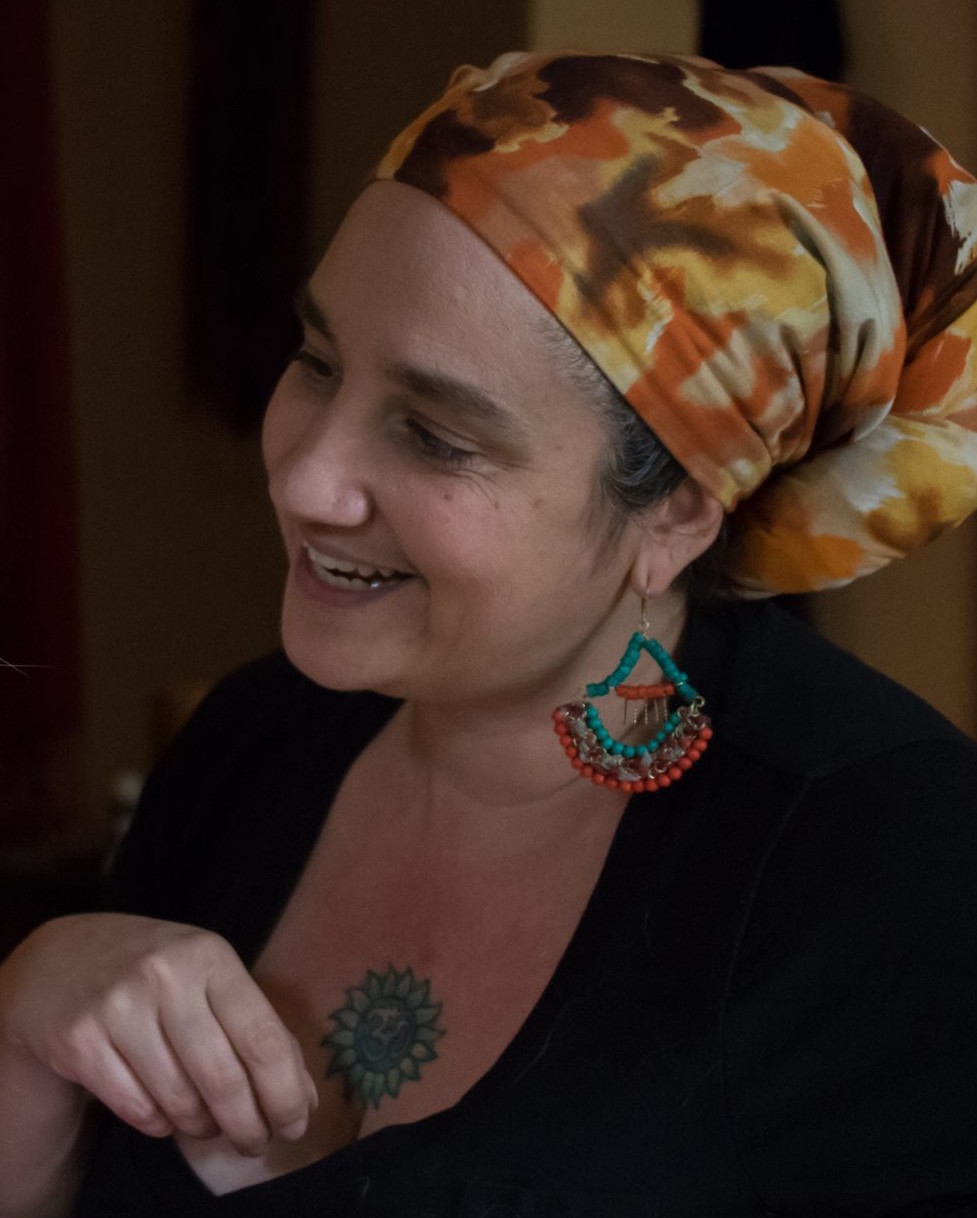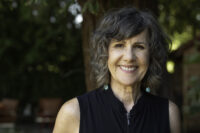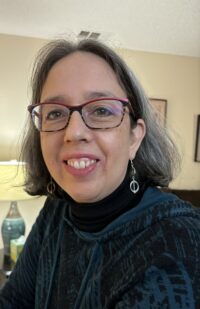You’re on the School District’s new Equity and Inclusion Task Force, and you have a Facebook group for parents of special needs kids. How did you become involved in this?
I have two boys with Individualized Education Plans (IEPs), and my children are my number one priority. I worked in Special Education on the other side of the table for over 15 years at the Sonoma Developmental Center (SDC), developing and implementing IEP goals. If I see that the checks and balances are not happening with my own kids, I get frustrated. My mom worked at the SDC, so they’re people I’ve known my whole life. I’ve always been a vocal advocate for making sure that those with differences feel part of the community and are not seen as an “other.” With the folks I served at SDC you can see their challenges. With kids like mine, their disabilities are invisible, so they’re often misunderstood. People say, “That woman needs to deal with her kid in the store,” when the truth is, the kid may be overloaded.
What are the pros and cons of being a special needs advocate in Sonoma?
We have the benefit of everybody knowing each other, and we can communicate easily as a community. But we play respectability politics, by which I mean we’re worried about what the person in yoga thinks of us, or what the person at the school fundraiser might think if we speak our truth. If we just step back and say, “This is a problem,” we can get things done. To me it’s about fixing something that’s not working, making it fair and accessible.
Tell me about your older son’s IEP.
He has ADHD, and learning disabilities that impact reading and writing. He also has anxiety. That’s hard to explain; some people roll their eyes and say, “Get over it. Make him go to school.” What they don’t see is the child that sits in the closet, who can’t sleep, who needs wax or clay in his hands to get through the day. Likewise, they don’t see the kid who leads nature hikes, stands in the creek and tells you everything about what makes it healthy, and finds dragonflies hatching where others never noticed.
So ADHD is a gift in a way.
Absolutely. Attention deficit is a misnomer. They actually focus on something so intently, everything else falls away. In class, he may be thinking about projects he’s working on in the creek. It’s not day dreaming; he’s just focused on what interests him. So finding ways to channel that is important.
How about your youngest and his accommodations?
He’s on the autism spectrum, and his teacher “gets” inclusion. Her classroom has different kinds of seating and a quiet book area. When my son feels overwhelmed, he can go to the quiet corner and come back when he’s ready. He has noise-canceling headphones that have allowed him to go to the cafeteria and assemblies. Because he is really interested in time, calendars, and numbers, he’s the class timekeeper.
I’ve suggested we identify non-special education teachers who “get” inclusion, and send them to the trainings and have them teach other teachers.
What would your ideal classroom look like?
I love the idea of a forest classroom. When kids build their own things together out of sticks and rocks, they come up with amazing things and learn to work together. We need to move away from special day classes and towards more inclusion, with the appropriate accommodations that can meet a child’s IEP with meaningful progress. What we now have is general education teachers who have special education inclusion students in their classroom, but may not have the training or support to provide that service. On the other hand, we have special classes and schools in order to meet more specialized IEP needs and goals. We don’t really have those blended together yet. I’d love to see that happen.
You said inclusion with the necessary accommodations is ideal – can you explain?
The tools we use for special education kids benefit everyone – changing seats, taking breaks, etc. Plus all kids benefit from being with kids who learn differently. My youngest struggles with making friends — he parallel plays, and kids often don’t understand that, but some do. It’s made them more empathic, and it’s helped him navigate social stuff. The key is doing this and meeting IEP needs and goals so the child also is also making progress and learning.
When did you become a more vocal advocate for your sons?
When my oldest boy was in second grade, he got benched every day at recess, sometimes for not finishing a reading assignment. It was a nightmare. He was crawling out of his skin. It turned out he had severe reading disabilities. I look back on that time in horror; I was still trying to understand what I had the right to ask for. This was my first lesson in advocating for something. “No benching” got written into his IEP. There are so many positive reinforcement strategies, like classroom management techniques. Taking things away doesn’t work.
Are your kids learning to advocate for themselves?
Yes, somewhat. My oldest loves science and it is empowering for him to start understanding what ADHD does in his brain. He investigated why he feels what he feels, and what anxiety does to your body.
Any final thoughts?
It was never my intention to be a special education rabble-rouser, but I had to, given my kids’ invisible disabilities. I was constantly explaining, and dealing with people’s judgment. I had to stop worrying about what other people thought, and that’s liberating. Sometimes I’m jealous of my son’s autism, because he says whatever he thinks and means whatever he says. I think we should all aspire to that. My kids are not only special education students, but Muslim kids of color, so there’s a whole other intersection. There’s a lot of data that children of color are disciplined differently, as are special education kids. They have inordinately high rates of detention, expulsion, and punishment, and I have to be very aware of that. I always threaten that I’m going to have a T-shirt made that says “That mom.”
— Interview by Sarah Ford










Be First to Comment